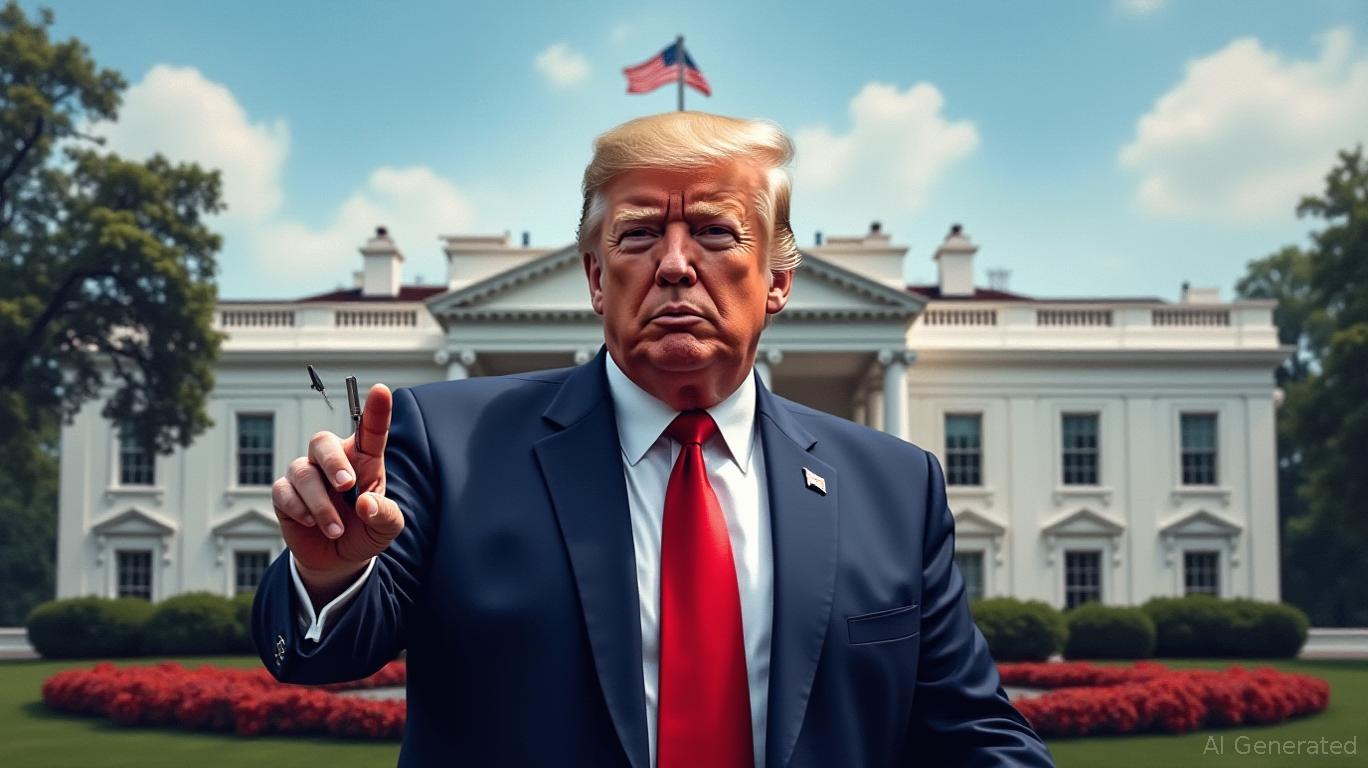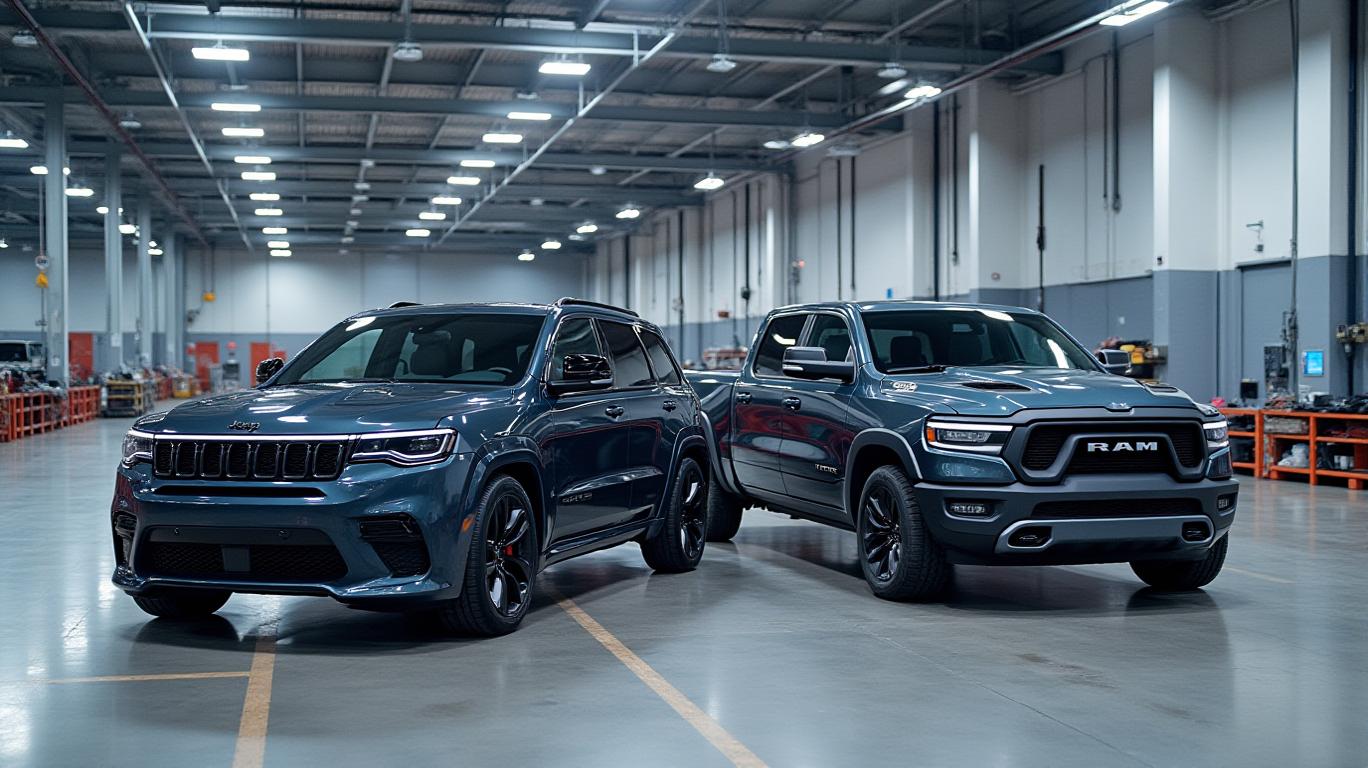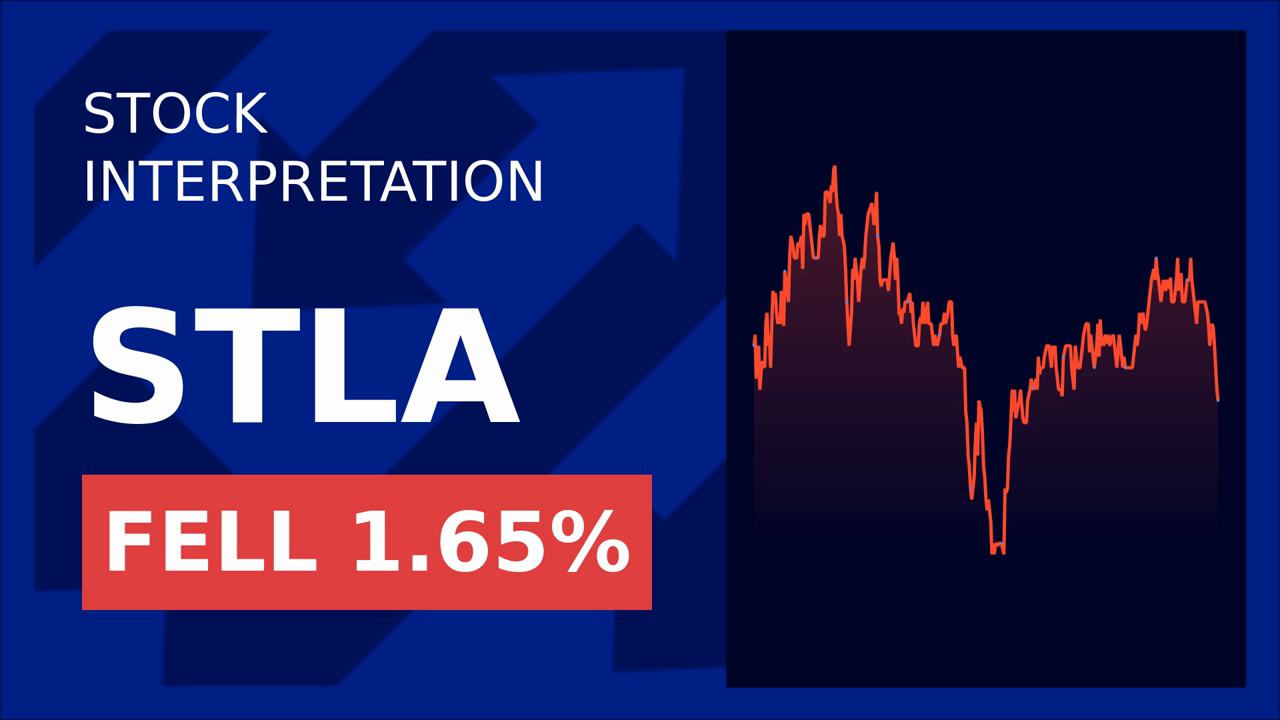Stellantis Withdraws Financial Guidance Amid Tariff Turmoil: Navigating Uncertainty in the Auto Sector

Stellantis, the automaker behind Jeep, Dodge, and Maserati, has withdrawn its 2025 financial guidance, citing "uncertainties" stemming from U.S. President Donald Trump’s evolving auto tariffs. The decision underscores the fragility of the automotive sector as trade policies and supply chain disruptions upend long-term planning. With first-quarter revenues plunging 14% to €35.8 billion and North American shipments falling 20%, stellantis joins a growing list of automakers reeling from tariff-driven chaos.
The Tariff Tsunami: 25% Levies and Structural Challenges
The Trump administration’s April 2025 imposition of a 25% tariff on imported vehicles and auto parts—effective alongside a May 3 auto parts levy—sent shockwaves through global supply chains. While Stellantis benefits from partial relief measures (e.g., de-stacking overlapping tariffs and 3.75% reimbursements for U.S.-assembled vehicles), the immediate impact was severe. Production halts at its Windsor Assembly Plant (Canada) and Toluca Assembly Plant (Mexico)—affecting 5,400 workers—highlighted vulnerabilities in its cross-border manufacturing model.
The tariffs also exacerbated regional imbalances:
- North America: A 20% drop in shipments, compounded by a 50% sales collapse at Maserati, as aggressive price cuts failed to offset overstocked inventories.
- Europe: New-vehicle registrations fell 5.9%, despite a tepid market recovery.
Financial Fallout and Leadership Uncertainty
Stellantis’ withdrawal of guidance marks a stark departure from its earlier optimism. The company now faces:
1. Revenue Headwinds: Q1 net revenues of €35.8 billion (down from €41.7 billion in 2024) reflect weakened demand and price normalization.
2. Leadership Transition: The search for a new CEO—following Carlos Tavares’ departure—remains unresolved, with the company aiming to finalize the hire by June 2025. Analysts warn that prolonged uncertainty could deter investment in critical areas like EV transitions.
3. Market Volatility: Shares have plummeted 33% year-to-date, with a 3% intraday drop on the guidance withdrawal announcement.
Industry-Wide Contagion and Policy Whiplash
Stellantis is far from alone. Competitors like Mercedes-Benz and General Motors have also withdrawn guidance, while Volvo and Porsche face margin pressures. The tariffs threaten to add $4,711 per vehicle in costs (per Arthur Laffer’s analysis), squeezing profit margins and diverting buyers to the used-car market.
Analysts highlight broader risks:
- Supply Chain Costs: A Center for Automotive Research report estimates the tariffs could cost the industry $107.7 billion in 2025, with Stellantis alone facing billions in losses.
- Consumer Impact: Higher prices risk further depressing sales, especially as automakers grapple with EV transitions requiring massive capital outlays.
Conclusion: A Delicate Balancing Act
Stellantis’ decision to withdraw guidance underscores the automotive sector’s vulnerability to trade policy volatility. While partial tariff relief provides temporary breathing room, long-term stability hinges on:
1. Policy Clarity: The de-stacking and reimbursement measures are short-term fixes; reshoring supply chains will require years and billions in investment.
2. Leadership Stability: A new CEO must swiftly address operational inefficiencies and capitalize on U.S. market opportunities while managing global tariff risks.
3. Demand Resilience: With North American shipments down 20% and European sales stagnant, Stellantis must balance cost-cutting with investments in EVs and regional competitiveness.
The data paints a clear picture:
- Revenue Decline: 14% drop in Q1 2025 to €35.8 billion.
- Stock Performance: 33% year-to-date decline, lagging peers like GM (-12%) and MBG (-15%).
- Operational Costs: Temporary plant closures and CEO uncertainty add to already strained margins.
For investors, Stellantis presents a high-risk, high-reward proposition. While its brands like Jeep remain iconic and its North American exposure positions it to benefit from tariff adjustments, the path to recovery is fraught with policy uncertainty and execution risks. Until tariffs stabilize and leadership transitions resolve, caution—and a long-term perspective—remain prudent.
JR Research’s analysis synthesizes financial, operational, and geopolitical data to inform strategic investment decisions.










